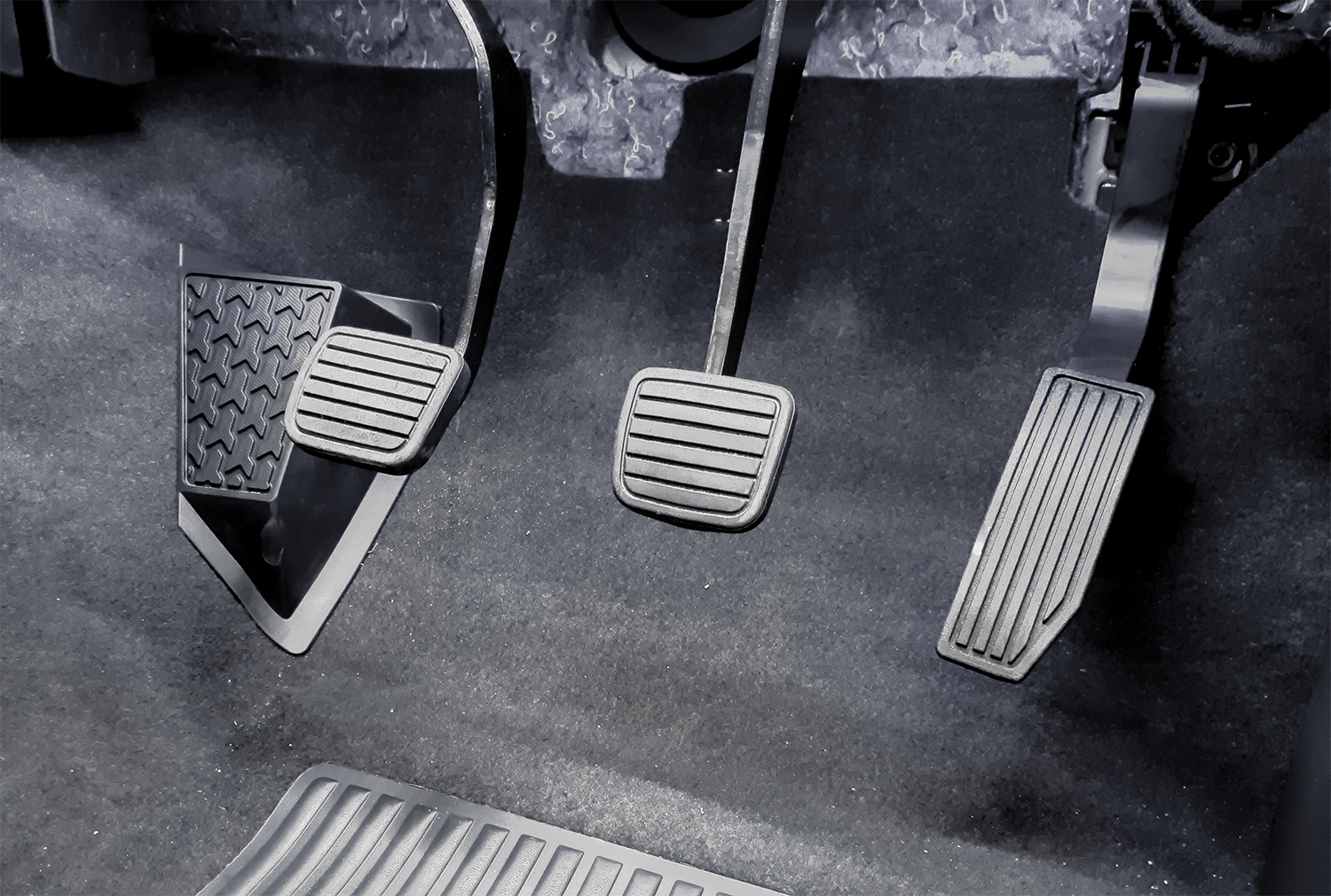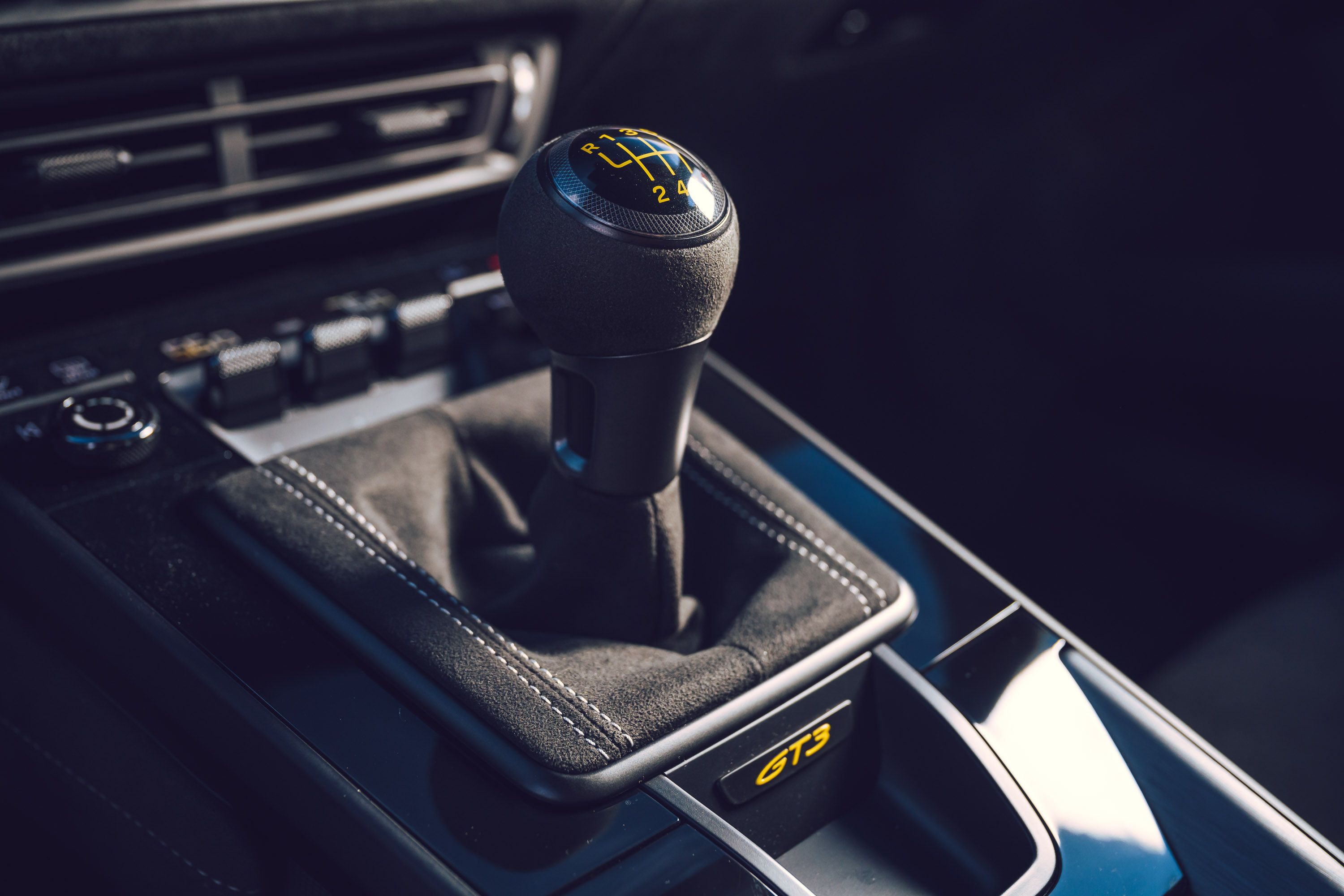Mastering the Clutch: Key Insights and Care Tips for Manual Transmissions

by AutoExpert | 16 November, 2023
In the world of manual transmissions, the clutch pedal plays a vital role. It's the unsung hero that seamlessly connects and disconnects the engine from the transmission, allowing smooth gear changes and efficient braking.
Typically located to the left of the brake pedal, it's a crucial component that, like any other part of your car, is subject to wear and tear.

Common Clutch Pedal Issues: What to Watch For
The Slipping Clutch: A frequent issue where the clutch disc, responsible for power transfer, becomes worn or damaged. This results in excessive engine revs without proper acceleration, making speed control challenging and potentially unsafe.
The Stuck Clutch: When the clutch pedal gets "stuck" to the floor, it impedes the re-engagement of the engine with the transmission. This issue can make gear shifting difficult or impossible, signaling an urgent need for professional service.

Preventing Clutch Damage: Tips for Longevity
- Regular Maintenance Checks: Regular visits to a trusted mechanic can nip potential problems in the bud.
- Smooth Gear Shifting: Harsh or jerky gear changes put unnecessary strain on the clutch, accelerating wear.
- Avoid Partial Clutch Pressing: Constant half-pressing of the clutch pedal while driving can lead to premature wear. Ensure full release after each gear shift.
- Proper Driving Techniques: Avoid starting from a higher gear, especially on inclines. Starting from the second gear under load can strain the clutch.
- Mind the Load: Overloading your car or frequently towing can increase clutch wear. Keep an eye on your vehicle's weight.
The Bottom Line
Understanding and caring for your car's clutch pedal is key to a smooth driving experience and the longevity of your manual transmission. Stay vigilant for signs of wear, practice good driving habits, and maintain regular check-ups for a happy, healthy car.

















